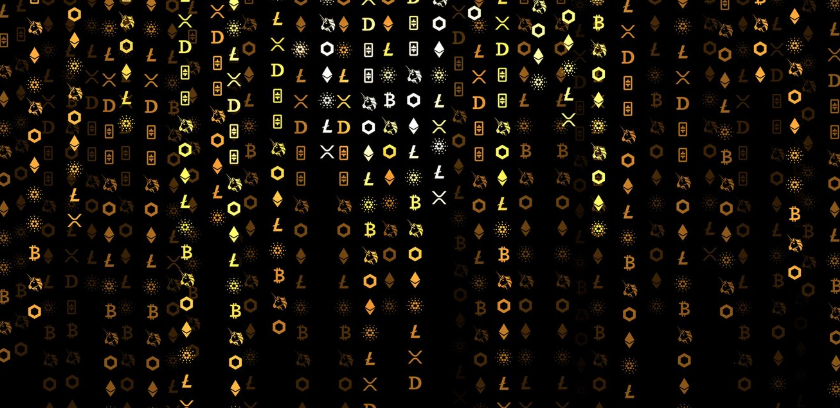For years, the internet has operated under a centralized model. We create content, upload it to platforms like YouTube, Instagram, or Medium, and those platforms act as gatekeepers, owning our data, controlling our reach, and dictating how we monetize our work. But a new paradigm is emerging – Web3 – and it promises to fundamentally reshape how we create, consume, and even own content online.
At its core, Web3 is about decentralization. Powered by blockchain technology, it aims to shift control from large corporations back to individuals. This isn’t just a technical upgrade; it’s a philosophical shift with profound implications for digital content.
Empowering the Creator: True Ownership and Fairer Monetization
In the current Web2 landscape, creators often feel like they’re building on rented land. Platforms can change algorithms, demonetize content, or even remove it entirely, leaving creators vulnerable. Web3 seeks to change this by offering:
- Verifiable Ownership via NFTs: Non-Fungible Tokens (NFTs) are perhaps the most talked-about aspect of Web3 in content. By tokenizing articles, videos, music, or digital art as NFTs, creators can establish immutable proof of ownership on a blockchain. This means you truly own your digital assets, and their provenance is transparent and verifiable.
- Direct Monetization & Royalties: With NFTs and decentralized platforms, creators can sell their work directly to their audience, cutting out intermediaries who take a significant cut. Smart contracts, embedded within NFTs, can even automate royalty payments to creators every time their content is resold in a secondary market, creating sustainable income streams that were previously almost impossible.
- Censorship Resistance: Because content isn’t stored on a single, centralized server, it becomes significantly harder for any single entity to censor or remove it. This empowers creators with greater freedom of expression, particularly important in regions where freedom of speech is threatened.
- Community-Driven Value: Web3 fosters deeply engaged communities around content. Creators can build token-gated communities, offering exclusive access or perks to their most dedicated fans, strengthening the bond and aligning incentives.
A New Era for Consumers: Control, Transparency, and Participation
The benefits of Web3 aren’t just for creators; consumers stand to gain significantly as well:
- Data Ownership and Privacy: In Web2, your data is often the product. Web3 aims to give users true control over their personal data, deciding what information to share and with whom. This enhances privacy and reduces the risk of massive data breaches that plague centralized systems.
- Transparency and Trust: Every transaction and interaction on a blockchain is publicly verifiable and immutable. This transparency builds trust between creators and consumers, allowing users to verify authenticity, track content provenance, and understand how their data is being used.
- Active Participation in Governance: Decentralized Autonomous Organizations (DAOs) are a key component of Web3. In a DAO, communities can collectively make decisions about platforms, content guidelines, and even funding for new projects. This means consumers can move from being passive recipients to active participants in the evolution of the content ecosystem.
- New Ways to Engage and Earn: Beyond simply consuming, Web3 allows for novel forms of engagement. Users might earn tokens for their participation, contribute to content creation, or even own a piece of the platforms they use, creating a more symbiotic relationship between creators and their audience.
The Road Ahead: Challenges and Opportunities
While the promise of Web3 is immense, it’s important to acknowledge the challenges. User experience can still be complex, scalability issues persist on some blockchains, and regulatory frameworks are still catching up. Gas fees (transaction costs) can also be a barrier for some.
However, the rapid innovation in the Web3 space is addressing these challenges. As technology matures and becomes more user-friendly, the vision of a decentralized internet where creators are empowered and consumers are in control becomes increasingly attainable.
Web3 isn’t just about cryptocurrencies; it’s about reshaping the fundamental architecture of the internet to be more equitable, transparent, and user-centric. For content creators, it represents an unprecedented opportunity to reclaim ownership and build sustainable careers. For consumers, it offers a chance to engage with content in more meaningful ways, with greater control over their digital lives. The future of content is decentralized, and it’s exciting to imagine the possibilities.













